|
26th November 2019 Tuesday evening at 'The Sovereigns' in Woking continues. The second and final game of the night was 'Architects of the West Kingdom'. As an architect it's your job to rebuild the errr.... West Kingdom! So it appears that in this game, you'll be rubbing shoulders with virtuous members of the clergy and getting 'down and dirty' with shady criminals. The life of an architect, eh? Architects of the West Kingdom is a pretty standard worker placement game, but a worker placement game with a couple of extra little twists. What's in a game? There's quite a lot to Architect of the West Kingdom and this is reflected in the components.
Hows it play? Setup
There are 3 ways to place workers in the game, this is dependant on the symbol used on the game board:
And there's still a bit more to go in explaining the game.
Endgame Play continues until the Guildhall has been filled by workers (Different according to the number of players.). When this happens, all players get one more turn and then scoring begins. There are several factors that affect scoring:
Overall
There are a couple of interesting mechanics in Architects of the West Kingdom, particularly how they interact with each other. Being able to put multiple workers into a space to gain increasing results seems overpowered. But when a player puts a lot of workers into a single space, they can just become a target for another player to capture. Obviously when capturing workers, players will want to do it as efficiently as possible, because there's money to be made when putting them in prison. If a player can predict their opponent's moves, stealing their workers can really screw with them. Another thing to consider is that players have no way to get their workers back other than having them captured by other players or capturing them themselves. Being able to manage your workers in this way can avoid those pesky debt cards, which themselves are a clever little addition to the game. The virtue track, black market and cathedral also add an extra element that helps differentiate the game. I enjoyed this game, I think it's fairly good.Generally I felt like I always had options and meaningful decisions to make. Which all I really want from a game. If you really like worker placement games, you'll probably like Architects of the West Kingdom. It's just different enough to justify its existence. Or, if you don't own any worker placement games and you want one. You may want to consider this game,
0 Comments
Leave a Reply. |
AuthorI play, I paint. Archives
March 2024
Categories
All
|

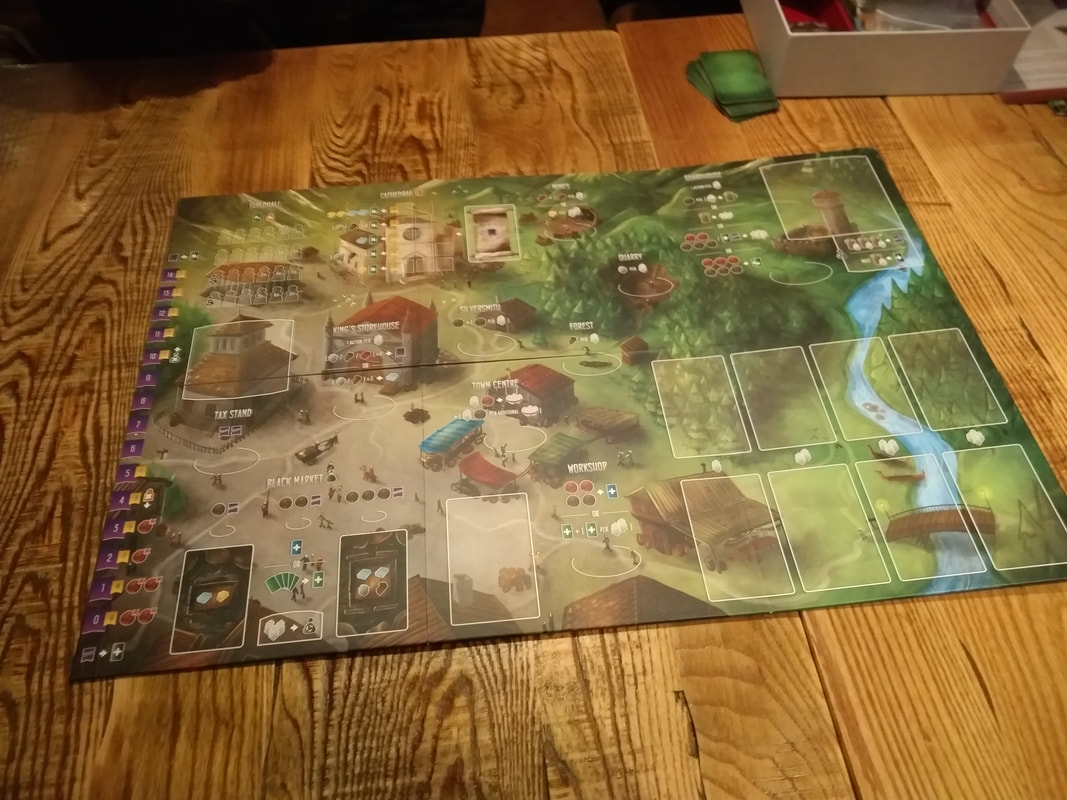
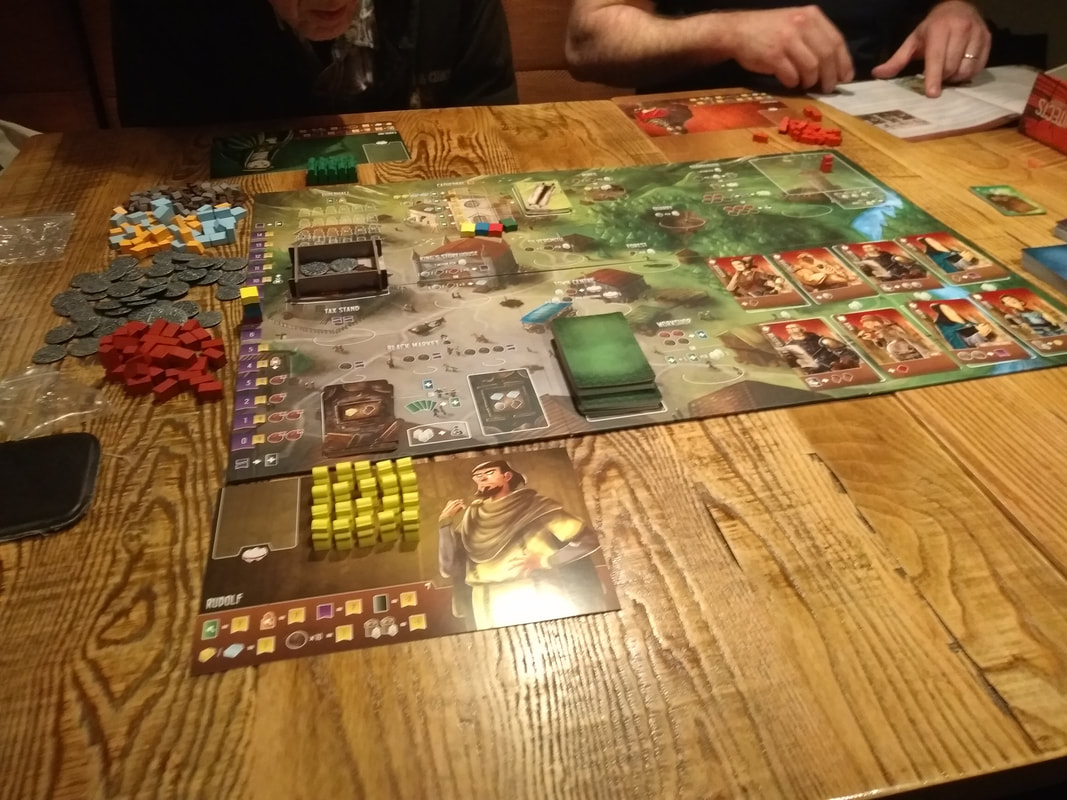
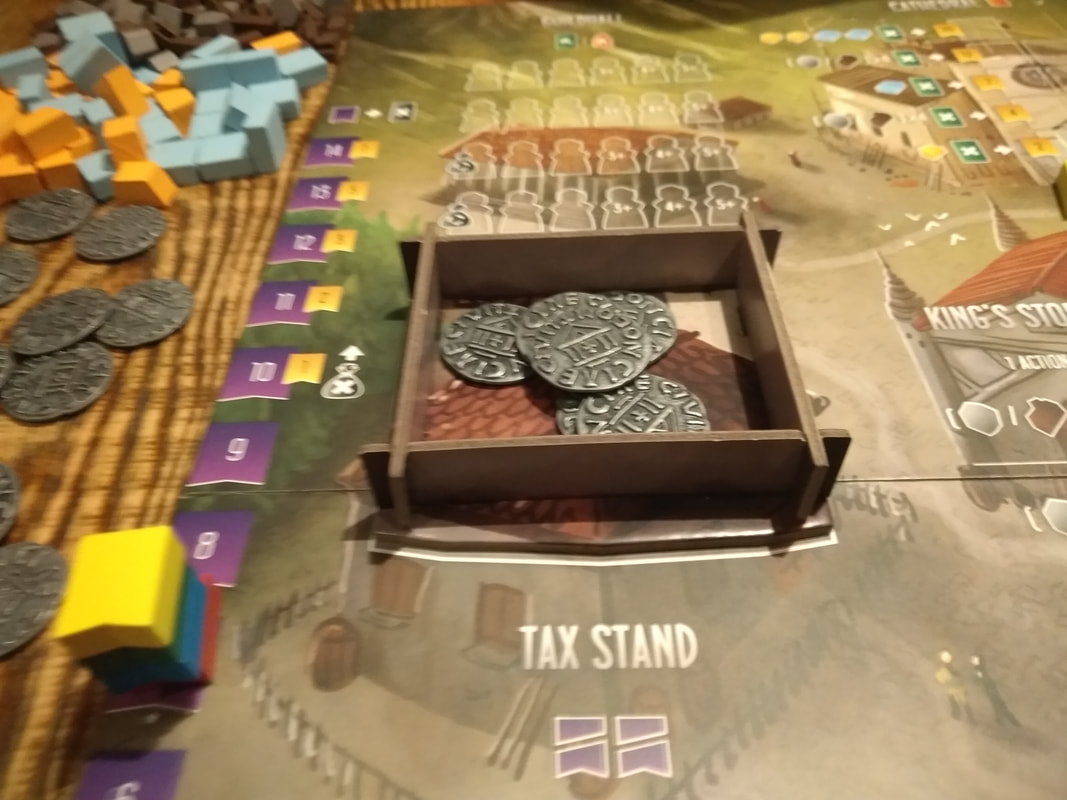
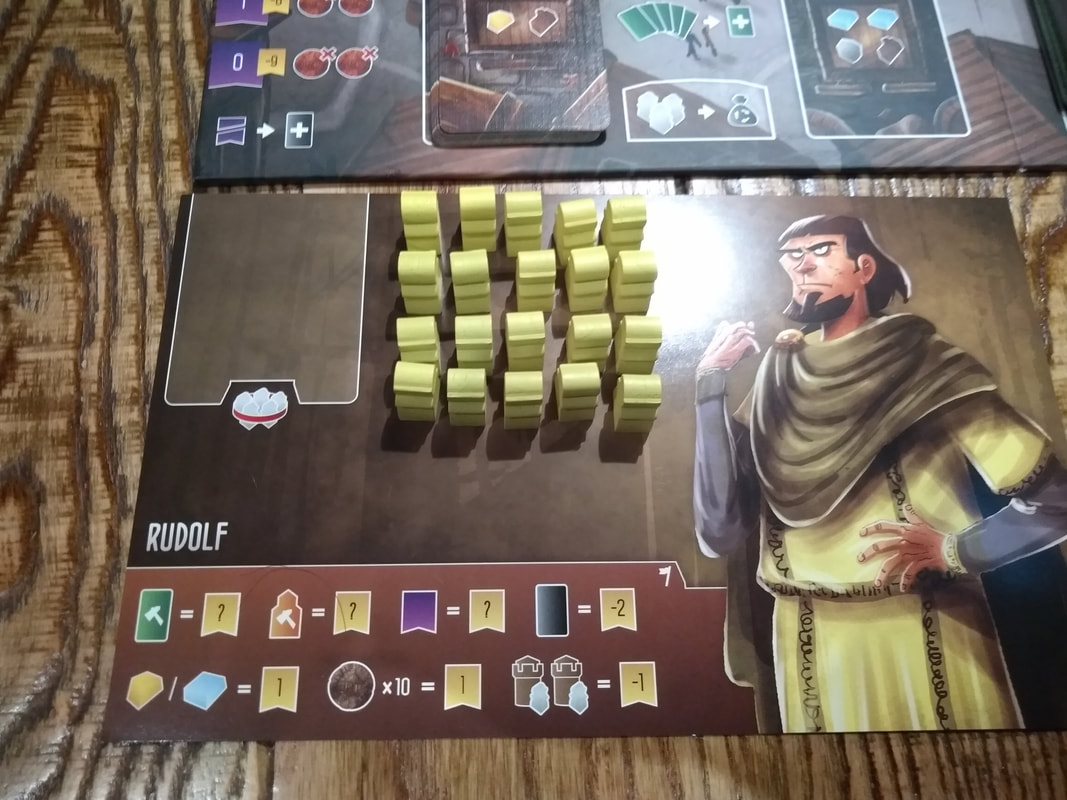
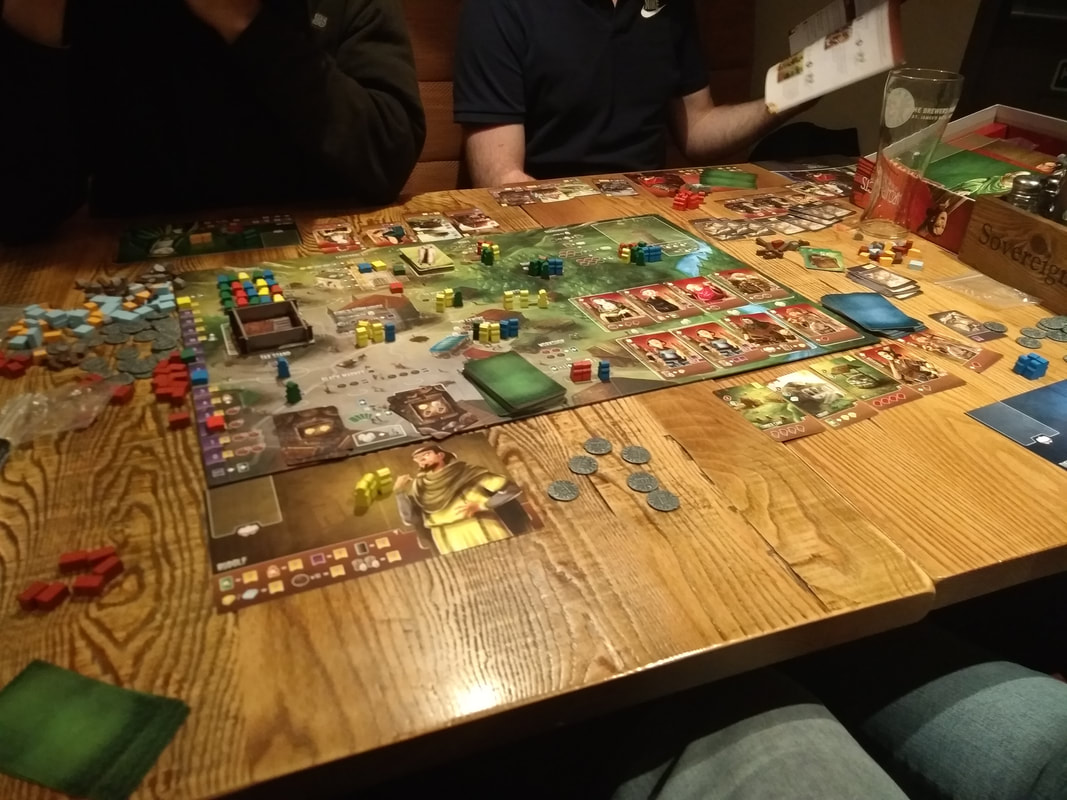
 RSS Feed
RSS Feed
